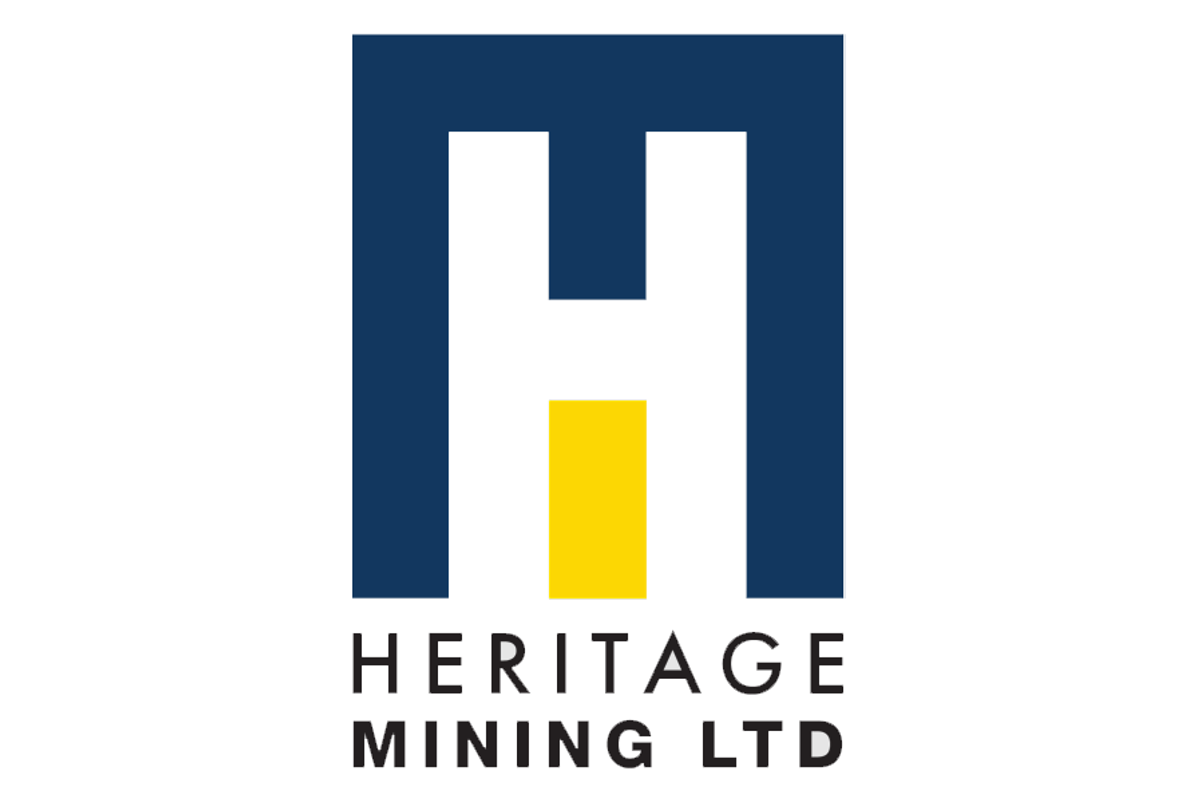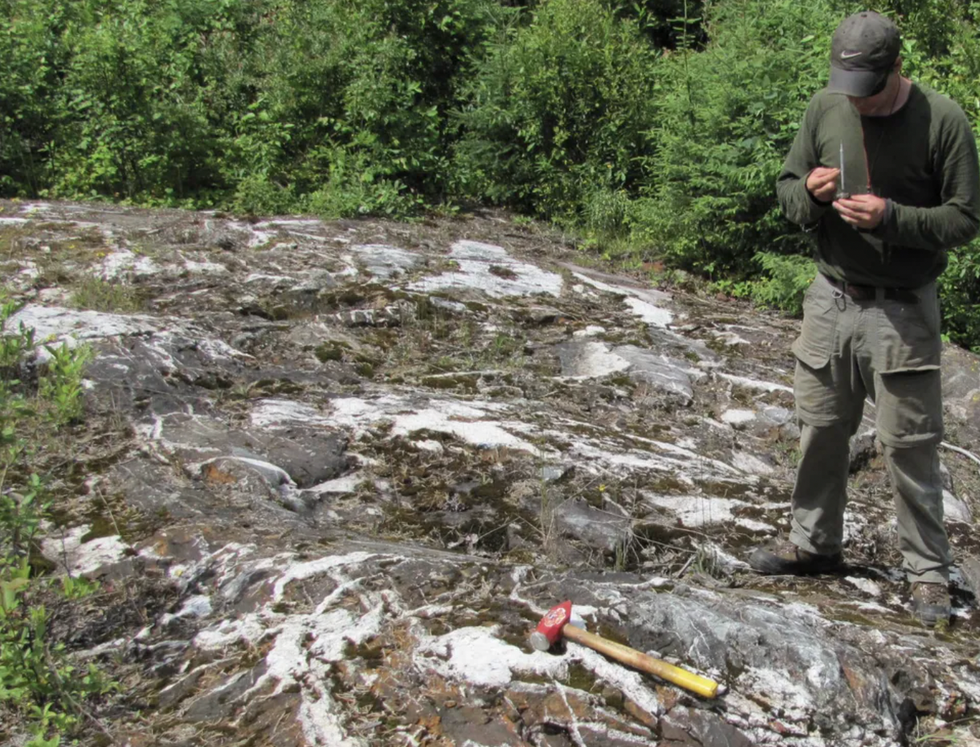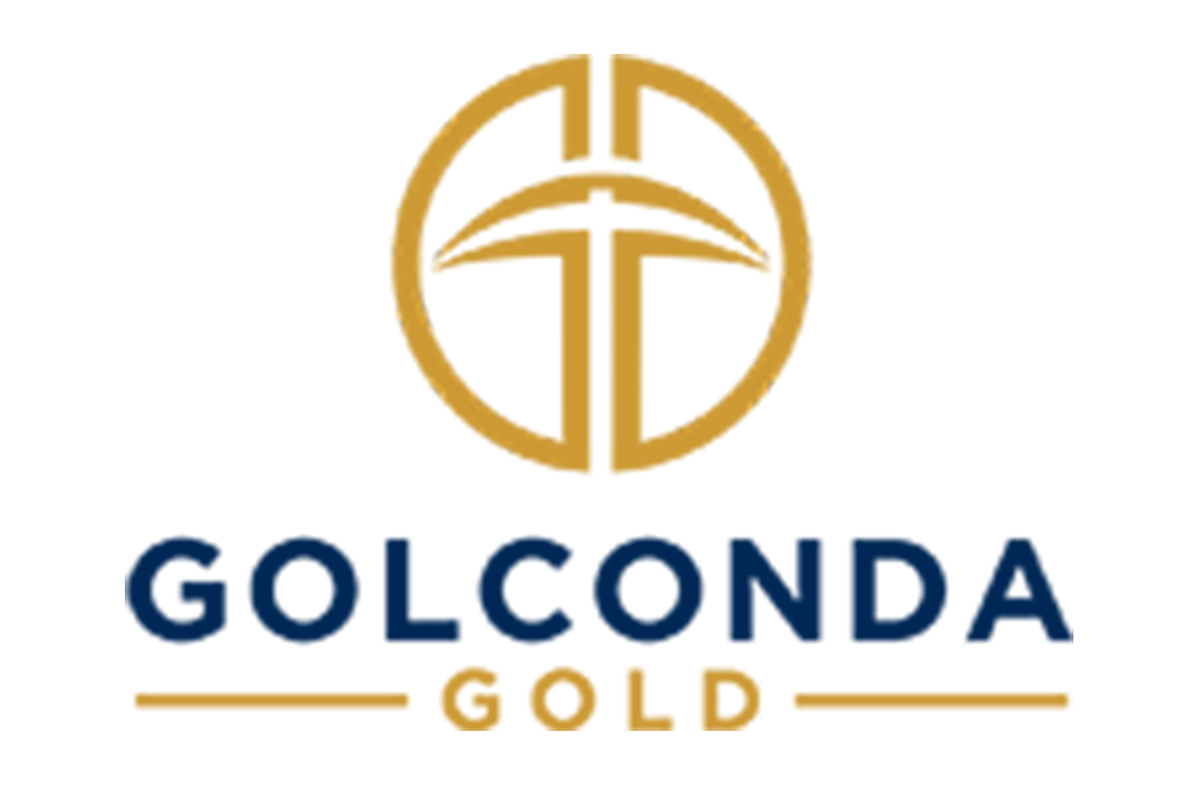
July 08, 2022
Heritage Mining focuses on district-scale assets targeting gold and copper mineralizations within Ontario. The company’s flagship project is Drayton-Black Lake, a strategically assembled district-scale project with encouraging bulk samples, high-grade gold intercepts and robust existing infrastructure. An experienced management team leads Heritage Mining with over 100 years of experience working within the natural resources sector.
The 14,229-hectare project has received significant historical exploration with over 176 holes drilled that have discovered high-grade gold and copper. The project is located in a mature mining district in Ontario, a jurisdiction known for its low geopolitical risk and mining-friendly government.

Company Highlights
- Heritage Mining is an exploration and development mining company with district-scale opportunities in Ontario targeting gold and copper.
- The company’s flagship project, the Drayton-Black Lake project, has strong historical results but has never been systematically explored from a low-grade high tonnage perspective. Heritage is the first company to own the entire area and will conduct a thorough exploration program to identify promising mineralizations.
- Drayton-Black Lake project has existing infrastructure that provides year-round highway access to the property, a significant advantage over other regional projects.
- Heritage Mining’s Contact Bay project contains high-grade copper-gold mineralizations and exposes the company to the critical minerals market that is rapidly growing within Ontario.
- A veteran management team leads the company with 100 years of experience in the mining sector.
This Heritage Mining company profile is part of a paid investor education campaign.*

Sign up to get your FREE
Lithium Africa Investor Kit
and hear about exciting investment opportunities.
- Corporate info
- Insights
- Growth strategies
- Upcoming projects
GET YOUR FREE INVESTOR KIT
The Conversation (0)
05 November
Lithium Africa
Searching for low-cost, marquee hardrock in Africa
Searching for low-cost, marquee hardrock in Africa Keep Reading...
3h
Adrian Day: Gold Far from Top, Two Triggers for Next Price Move
Adrian Day, president of Adrian Day Asset Management, shares his thoughts on gold's price pullback, saying he currently sees no evidence of a top. "It's perfectly normal in middle of a bull market to have a significant correction. This really isn't even a correction yet, let's not forget that.... Keep Reading...
3h
Rick Rule: Gold Strategy, Oil Stocks I Own, "Sure Money" in Uranium
Rick Rule, proprietor at Rule Investment Media, recently sold 25 percent of his junior gold stocks, redeploying the funds into physical gold, as well as Franco-Nevada (TSX:FNV,NYSE:FNV), Wheaton Precious Metals (TSX:WPM,NYSE:WPM) and Agnico Eagle Mines (TSX:AEM,NYSE:AEM). In addition to those... Keep Reading...
05 November
Brien Lundin: Gold, Silver Waiting for Next Leg, What's the Catalyst?
Brien Lundin, editor of Gold Newsletter and New Orleans Investment Conference host, shares his outlook for gold and silver as prices continue to consolidate. "At the end of this cycle, I've long predicted that we're going to get to a US$6,000 to US$8,000 (per ounce) price range, whenever that... Keep Reading...
05 November
Maritime Announces 2025 Annual General and Special Meeting Results
Maritime Resources Corp. (TSXV: MAE,OTC:MRTMD) ("Maritime" or the "Company") is pleased to announce that, at the annual general and special meeting (the "Company Meeting") of the holders of common shares (the "Common Shares") in the capital of the Company (the "Shareholders") and the holders of... Keep Reading...
04 November
Word Gold Council: Investment Key Driver of Gold Demand in Q3 2025
Investor appetite for safe-haven assets resulted in a record quarter for gold demand in Q3 2025, according to the World Gold Council’s (WGC) latest report.The WGC published its Gold Demand Trends Q3 report on October 30, which clearly demonstrates that investor demand for gold is exploding as... Keep Reading...
Latest News

Sign up to get your FREE
Lithium Africa Investor Kit
and hear about exciting investment opportunities.
- Corporate info
- Insights
- Growth strategies
- Upcoming projects
GET YOUR FREE INVESTOR KIT
Latest Press Releases
Related News
TOP STOCKS
American Battery4.030.24
Aion Therapeutic0.10-0.01
Cybin Corp2.140.00






